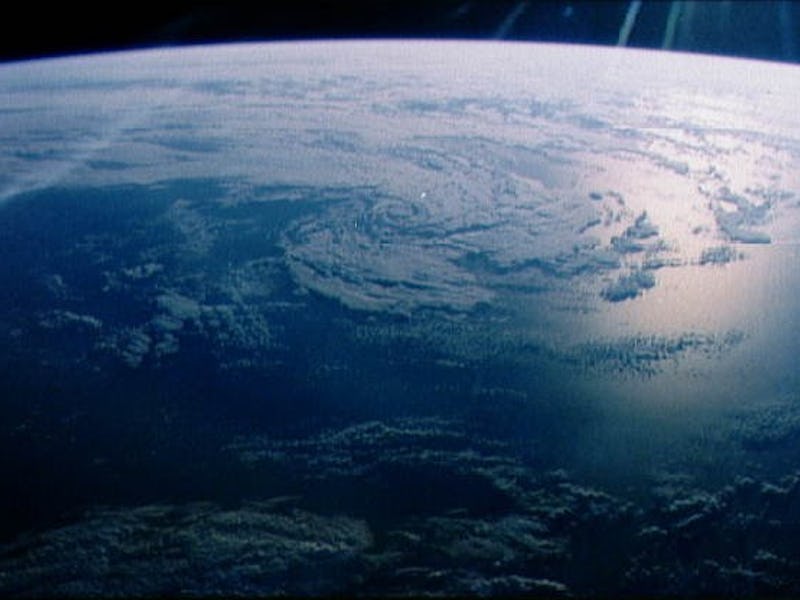The discovery of Proxima b — an exoplanet just 4.25 light-years away, and potentially habitable — stoked a lot of big excitement that we may have stumbled on Earth 2.0. Turns out, Proxima b might not be a new Earth, but something more resembling Super Mario Bros. 3’s Water Land.
According to a new study written by French and American researchers and published to the arXiv repository, the rocky exoplanet about 1.3 times the size of Earth could be covered in several vast oceans — or perhaps even one single ocean that stretches across the entire surface of the planet. The planet sits in the habitable “goldilocks” zone of its host star, Proxima Centauri, a region around a star where liquid water is thought to be able to form.
Proxima b has not been very well studied so far, so a group of scientists from France essentially developed and ran a set of simulations that suggest Proxima b’s orbital radius is between 0.94 and 1.4 times that of Earth’s.
If the planet is orbiting Proxima Centauri at the lower end of the range, the planet would probably be a dense rock with a metallic core that comprises about two-thirds the entire planet’s mass. A rocky mantle would encase this core, and liquid water on the surface would probably make up about 0.05 percent of the mass (compared to 0.02 percent here on Earth). That’s good news for the prospect of big oceans — and would hedge forward the odds of Proxima b looking more like Earth.
But, if the planet is orbiting Proxima b on the higher end of this range, the simulations suggest the planet’s mass would basically be 50 percent rocky center and 50 percent liquid surface water.
“In this case, Proxima b would be covered by a single, liquid ocean 200 km deep,” the researchers said in a statement.
Both scenarios would be extremely exciting. Liquid water is thought to be essential to the evolution of life. While a water world would probably douse hopes of being able to establish a human colony on Proxima b (and that’s only if we even manage to master interstellar travel), the chances of finding extraterrestrial life would be higher than ever.
“In both cases, a thin, gassy atmosphere could surround the planet, like on Earth, rendering Proxima b potentially habitable,” the researchers said.
One thing is for sure — we need more data about the planet. The James Webb Space Telescope, along with other tools, will be critical in the next few years to confirming or debunking what the latest simulations suggest is possible. Let’s get started soon — the rest of the world is freaking out!
